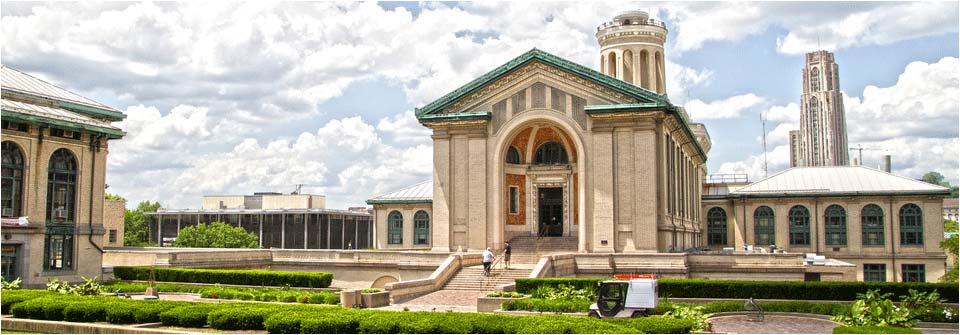Team:Carnegie Mellon
From 2012.igem.org
(Difference between revisions)
Enpederson (Talk | contribs) |
Enpederson (Talk | contribs) |
||
| Line 381: | Line 381: | ||
</li><li> <i>in vivo</i> transcription rate analysis | </li><li> <i>in vivo</i> transcription rate analysis | ||
</li><li> Determining promoter strength <i> in vivo</i> | </li><li> Determining promoter strength <i> in vivo</i> | ||
| - | </li><li> <i>in vivo</i> mRNA and protein half-lives | + | </li><li> Determining<i>in vivo</i> mRNA and protein half-lives |
</li><li> Introducing a protein reporter that has virtually no maturation rate and is limited only by the very quick absorption rate of the fluorogen into the cell | </li><li> Introducing a protein reporter that has virtually no maturation rate and is limited only by the very quick absorption rate of the fluorogen into the cell | ||
| - | </li><li> Introducing a functioning mRNA reporter | + | </li><li> Introducing a functioning mRNA reporter and measurement BioBrick |
| - | </li><li> Providing a method to | + | </li><li> Providing a novel method to characterize current and future BioBricks |
| + | </li><li> Developing methods to analyze gene expression networks <i>in vivo</i> without disrupting behavior by fusing our construct to other proteins. | ||
</li></ol> | </li></ol> | ||
<p>Our proposed BioBrick is novel, and potentially very useful in practice. | <p>Our proposed BioBrick is novel, and potentially very useful in practice. | ||
| Line 390: | Line 391: | ||
<a name="Secondary_Objective:_Humanistic_Practice"></a><h2> <span class="mw-headline"> Secondary Objective: Humanistic Practice</span></h2> | <a name="Secondary_Objective:_Humanistic_Practice"></a><h2> <span class="mw-headline"> Secondary Objective: Humanistic Practice</span></h2> | ||
<p> <a href="https://2012.igem.org/Team:Carnegie_Mellon" class="external text" title="https://2012.igem.org/Team:Carnegie_Mellon" rel="nofollow">FAQ/Terminology</a> in engineering <i>Escherichia coli</i> to <b>monitor these variables via fluorescence</b>. Find out more about Carnegie Mellon: (<a href="http://www.cmu.edu" class="external text" title="http://www.cmu.edu" rel="nofollow">CMU Home Page</a>). | <p> <a href="https://2012.igem.org/Team:Carnegie_Mellon" class="external text" title="https://2012.igem.org/Team:Carnegie_Mellon" rel="nofollow">FAQ/Terminology</a> in engineering <i>Escherichia coli</i> to <b>monitor these variables via fluorescence</b>. Find out more about Carnegie Mellon: (<a href="http://www.cmu.edu" class="external text" title="http://www.cmu.edu" rel="nofollow">CMU Home Page</a>). | ||
| + | </p> | ||
| + | <p>Teach high school students about: | ||
| + | <ol><li> Biological systems and synthetic biology | ||
| + | </li><li> Gene expression | ||
| + | </li><li> How our BioBrick can be used as a measurement system. | ||
| + | </li><li> How scientists tackle real-world problems using an interactive simulation that allows the use of our BioBrick and synthetic biological principles. | ||
| + | </li></ol> | ||
</p> | </p> | ||
<a name="Further_Considerations"></a><h2> <span class="mw-headline"> Further Considerations </span></h2> | <a name="Further_Considerations"></a><h2> <span class="mw-headline"> Further Considerations </span></h2> | ||
Revision as of 15:57, 19 June 2012
Welcome to Carnegie Mellon University 2012 iGEM Team Wiki!
Contents |
Introduction: Motivation
- We seek to develop a BioBrick that will allow researchers in the field of synthetic biology to accurately measure a variety of metrics in gene expression networks including translational efficiency and transcriptional strength.
- We believe that we can use Spinach (a fluorescent RNA sequence) and a FAP (fluorogen activating protein) as biosensors to reflect these metrics in vivo, rather than in vitro, which has previously proven to be very costly and impractical.
- We will characterize the relationship between genetic expression of Spinach (upstream), a FAP (downstream), translational efficiency, and transcriptional strength.
Abstract/Introduction
Motivation question
Humanistic implications go here
Primary Objective: A Useful BioBrick for Synthetic Biologists
We believe the development of this unprecedented BioBrick will help synthetic biologists in a variety of applications, for a variety of purposes such as the following:
- Quantifying translational efficiency in vivo
- Troubleshooting in expression strains
- mRNA and protein localization
- in vivo transcription rate analysis
- Determining promoter strength in vivo
- Determiningin vivo mRNA and protein half-lives
- Introducing a protein reporter that has virtually no maturation rate and is limited only by the very quick absorption rate of the fluorogen into the cell
- Introducing a functioning mRNA reporter and measurement BioBrick
- Providing a novel method to characterize current and future BioBricks
- Developing methods to analyze gene expression networks in vivo without disrupting behavior by fusing our construct to other proteins.
Our proposed BioBrick is novel, and potentially very useful in practice.
Secondary Objective: Humanistic Practice
FAQ/Terminology in engineering Escherichia coli to monitor these variables via fluorescence. Find out more about Carnegie Mellon: (CMU Home Page).
Teach high school students about:
- Biological systems and synthetic biology
- Gene expression
- How our BioBrick can be used as a measurement system.
- How scientists tackle real-world problems using an interactive simulation that allows the use of our BioBrick and synthetic biological principles.
Further Considerations
In the pursuit of our project, as well as the biological aspects, we:
- Considered aspects of scale-up, including the ethical, legal and social implications of our BioBrick,
- Programmed a new piece of software for modeling our BioBrick to students,
- Developed and tested techniques for measuring translational efficiency and transcriptional strength,
- Participated in human practices demonstration and modeled our biological system using a programmable and interactive, electrical analog.
 "
"

